 Abraham Lincoln
If given the truth, the people can be depended upon to meet any national crisis...
Abraham Lincoln
If given the truth, the people can be depended upon to meet any national crisis...
 Guildford news...
for Guildford people, brought to you by Guildford reporters - Guildford's own news service
Guildford news...
for Guildford people, brought to you by Guildford reporters - Guildford's own news service
Birdwatcher’s Diary No.172
Published on: 21 Oct, 2018
Updated on: 24 Oct, 2018
By Malcolm Fincham
The sun continued to shine brightly around the Surrey countryside and its suburbs as we drifted into October. Although with continuing warm weather, most of our summer-visiting birds had by now passed though on their journey back to their winter homes in Africa.
Once again it was that time of the year when scenic shots had become the highlight of my photos.
A few flocks of redwings had already been reported during the first days of October looking for crops of berries to feed on. I even heard a small flock over my garden after dark during the first week of October. Their “seep, seep” sound once thought to be witches on broomsticks I’m told, flying overhead on the lead up to Hallowe’en.
Also soon to arrive and winter here (hopefully) will be flocks of fieldfares, from Scandinavia.
At the Riverside Nature Reserve near Burpham things were reposeful, apart from the usual background noise from the motor vehicles on the A3 that runs just beyond the dense hedgerow to the eastern side of Stoke Lake. A dissonance I have learned to block from my mind (for the most part) on my many regular visits there over the years. The resident wildlife certainly seemed unperturbed by it too.
Blackbirds continued to remain silent and elusive, just occasionally seeing one, unexpectedly.
Robins, on the other hand, continued what I always feel to be a mournful, though “loving” tune, that they will carry through into the new year.
A kestrel continued to hover over the field to the southern end of the lake, hunting small unsuspecting mammals ambling through the long grass.
Common buzzards remained a regular sighting in the area too. One in particular could often be seen in the field to the north of the lake.
While a sparrowhawk could sometimes be seen, patrolling around the reserve.
Several resident grey herons hunted along the shallow banks of both the river and lake. One in particular that I have photographed on numerous occasions throughout the summer and noted by what looks to be a deformed beak, was still looking in good health as it flew across Stoke Lake.
At least two (or possibly three) kingfishers were now present around the reserve, seeing at least one on most of my visits there. Although mostly just as a flash of iridescent-like blue, low across the water.
It can be surprising to some when I tell them that kingfishers are in fact not blue, and it’s not actually iridescent either! http://wildlifearticles.co.uk/
By chance, on October 10, I succeeded by capturing a picture of one partially hidden from daylight near to Bower’s Lock.
On Stoke Lake a great crested grebe had made a return, now looking less flamboyant in its winter plumage.
A continuation of warm sunny days allowed late summer dragonflies to be seen still on the wing. These included migrant hawkers, hovering just long enough to “snatch” a few photos.
Several pairs of common darters could also be viewed, latched together, laying their eggs in the mud in the water along the edges of the lake.
Along the towpath of the River Wey a few red admiral butterflies could still be seen.
A couple of treecreepers could also be viewed feeding on insects as they crept up one of the trees that lined its borders.
Roe deer continued to be regularly seen. Though often showing up when least expected, they mostly remained confiding enough for a photograph.
On one particularly sunny afternoon I was able to photograph a dabchick (little grebe). Usually known to be quite timid, this one boldly sat on the middle of the river preening itself and stretching its wings, seemingly, unbothered by my presence.
As I continued my walk along the towpath, I couldn’t help but notice how clear the reflections on the water were as the sun glistened brightly on the River Wey.
In an attempt to be artistic, I tried a few pictures of its mirrored images. Although far from being “award winners” I felt they didn’t turn out too badly? Especially when turning the photos upside down.
Surprisingly that same day I also encountered an even more skulky individual. What’s more, it was in an area I rarely visit at the reserve. As I walked along the boardwalk from Stoke Lake, I decided to visit the open hide at the far end – the first time in weeks.
I first “clocked” a moorhen through one of the missing slats in the wall of the hide.
Just beyond it was another bird. To my surprise it was a water rail. It was skulking though the shadows and at first not easy to pick out among the surrounding sallows.
Although known to live and breed at the reserve, it was certainly a rare treat to see one at this time of year when the foliage in the area had not yet died back.
On Whitmoor Common, just north of Guildford, the leaves on the silver birch trees had already begun to turn colour and the bracken was now turning golden brown.
Mixed flocks of the tit family had joined together, flitting through the branches of the trees. Making their various contact calls as they passed by.
Although mostly consisting of long-tailed tits.
A number of great as well as blue tits could be picked out.
And even a few coal tits could be seen among them.
Out on the heathland meadow pipits had begun to gather in their winter flocks.
Stonechats could also be viewed, often perched on shrubs. Flying to the air to catch insects and returning to their original perch.
A reed bunting could also be found.
I watched a small flock of 10 or so linnets flew overhead. To my fortune they settled in a tall silver birch tree nearby. Allowing me a few photos of as they perched in view, preening.
I was also fortunate getting several pictures of one of at least three Dartford warblers I managed to spot that afternoon.
Thursley Common, although adorned by sunshine, during my visit, on October 9, was also a little quiet.
Migrant hawker dragonflies glistened in the warm autumn sunshine as they hovered over the ditches that lined the boardwalk.
A few Dartford warblers could be glanced, although too elusive to photograph. It wasn’t until I arrived at the Parish field that I was able to add a few more pictures to my “diary”.
As I walked across what now appeared to be a lifeless meadow, I recalled the summer birds that had been there, “with wings of fire flaying”. Will Colin the cuckoo make a return next year? and “come to witness spring’s new hope, born of leaves decaying”.
On closer inspection it wasn’t as lifeless as it first appeared.
A great spotted woodpecker flew over breaking the silence. While the distant call of a green woodpecker could be heard.
Along a short grassy area, maintained by the local rabbits, I was able to pick out six woodlarks feeding.
While in the central part of the field, where ragwort grows in abundance, some still in flower, several small copper butterflies could be found, some of which were mating.
As the second week of October came to a close, I heard reports that four whooper swans had been sighted in Burpham. My suspicions of their origin were immediately alerted.
I had heard reports of four of these migratory birds on a number of previous occasions over the last few years. I recalled being shown photos of them. A guy I met had taken them on his mobile phone further downstream at Trigg’s Lock. This aroused my suspicion at the time, as true migratory swans are rarely, if at all, that confiding to human contact.
In the world of birdwatching it certainly sounded like these birds were what are known as “plastic!” In other words, they were not true wild birds. Escapees from a private collection. I could only guess – maybe Sutton Place?
Responses to Birdwatcher’s Diary No.172
Leave a Comment Cancel replyPlease see our comments policy. All comments are moderated and may take time to appear. Full names, or at least initial and surname, must be given.
Recent Articles
- Highways Bulletin for December
- Birdwatcher’s Diary No.318 Some Pre-Christmas Rambles
- Merry Christmas and a Happy New Year to All Our Contributors and Readers!
- More Units Added to Solums’s Station Redevelopment
- Vehicle Stop on Epsom Road Leads to Prolific Drug Gang Being Put Behind Bars
- Local Political Leaders Respond to Publication of the English Devolution White Paper
- Flashback: Guildford All Lit Up For Christmas – Then And Now
- City Earn Themselves a Three Point Christmas Present
- Mayor’s Diary: December 23 – January 4
- Inquest into Prisoner Death at Surrey Prison


Recent Comments
- Jim Allen on Two Unitary Authorities, One Elected Mayor – Most Likely Devolution Outcome for Surrey
- Mike Smith on Two Unitary Authorities, One Elected Mayor – Most Likely Devolution Outcome for Surrey
- Angela Richardson on Two Unitary Authorities, One Elected Mayor – Most Likely Devolution Outcome for Surrey
- Frank Emery on Two Unitary Authorities, One Elected Mayor – Most Likely Devolution Outcome for Surrey
- Paul Kennedy on Two Unitary Authorities, One Elected Mayor – Most Likely Devolution Outcome for Surrey
- Alan Judge on Dumped E-bike Provokes Questions
Search in Site
Media Gallery
Dragon Interview: Local Artist Leaves Her Mark At One of England’s Most Historic Buildings
January 21, 2023 / No Comment / Read MoreDragon Interview: Lib Dem Planning Chair: ‘Current Policy Doesn’t Work for Local People’
January 19, 2023 / No Comment / Read MoreA3 Tunnel in Guildford ‘Necessary’ for New Homes, Says Guildford’s MP
January 10, 2023 / No Comment / Read More‘Madness’ for London Road Scheme to Go Ahead Against ‘Huge Opposition’, Says SCC Leader
January 6, 2023 / No Comment / Read MoreCouncillor’s Son Starts Campaign for More Consultation on North Street Plan
December 30, 2022 / No Comment / Read MoreCounty Council Climbs Down Over London Road Works – Further ‘Engagement’ Period Announced
December 14, 2022 / No Comment / Read MoreDragon Interview: GBC Reaction to the Government’s Expected Decision to Relax Housing Targets
December 7, 2022 / No Comment / Read MoreHow Can Our Town Centre Businesses Recover? Watch the Shop Front Debate
May 18, 2020 / No Comment / Read More






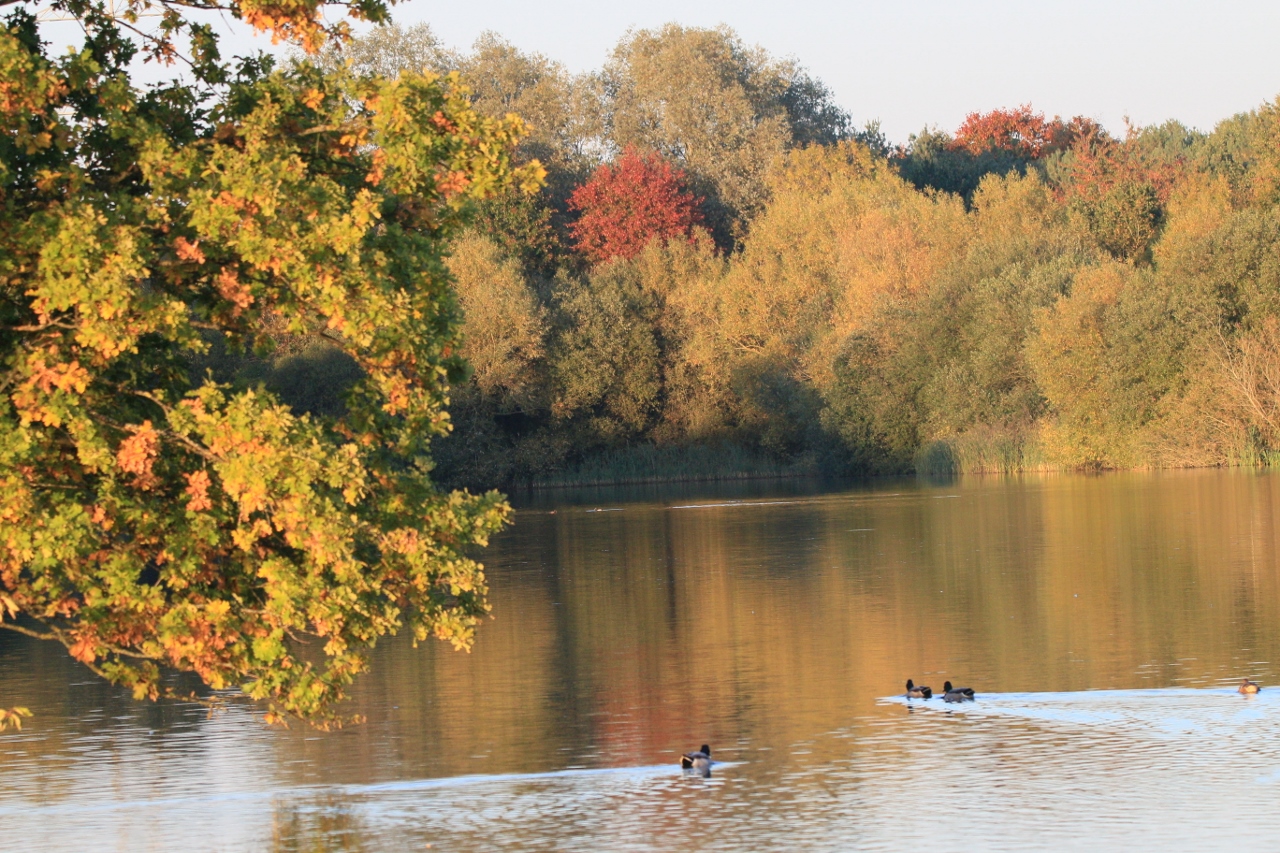






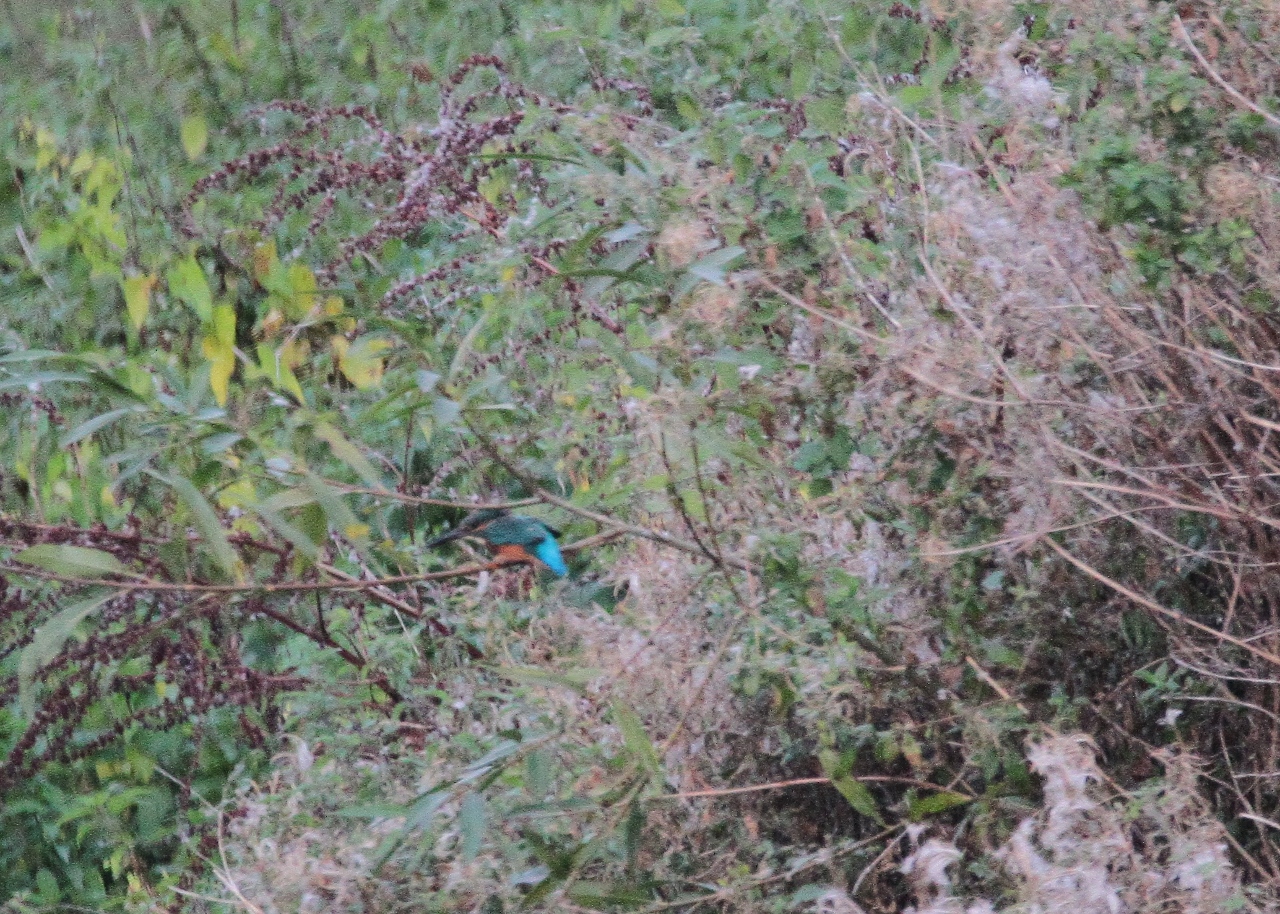

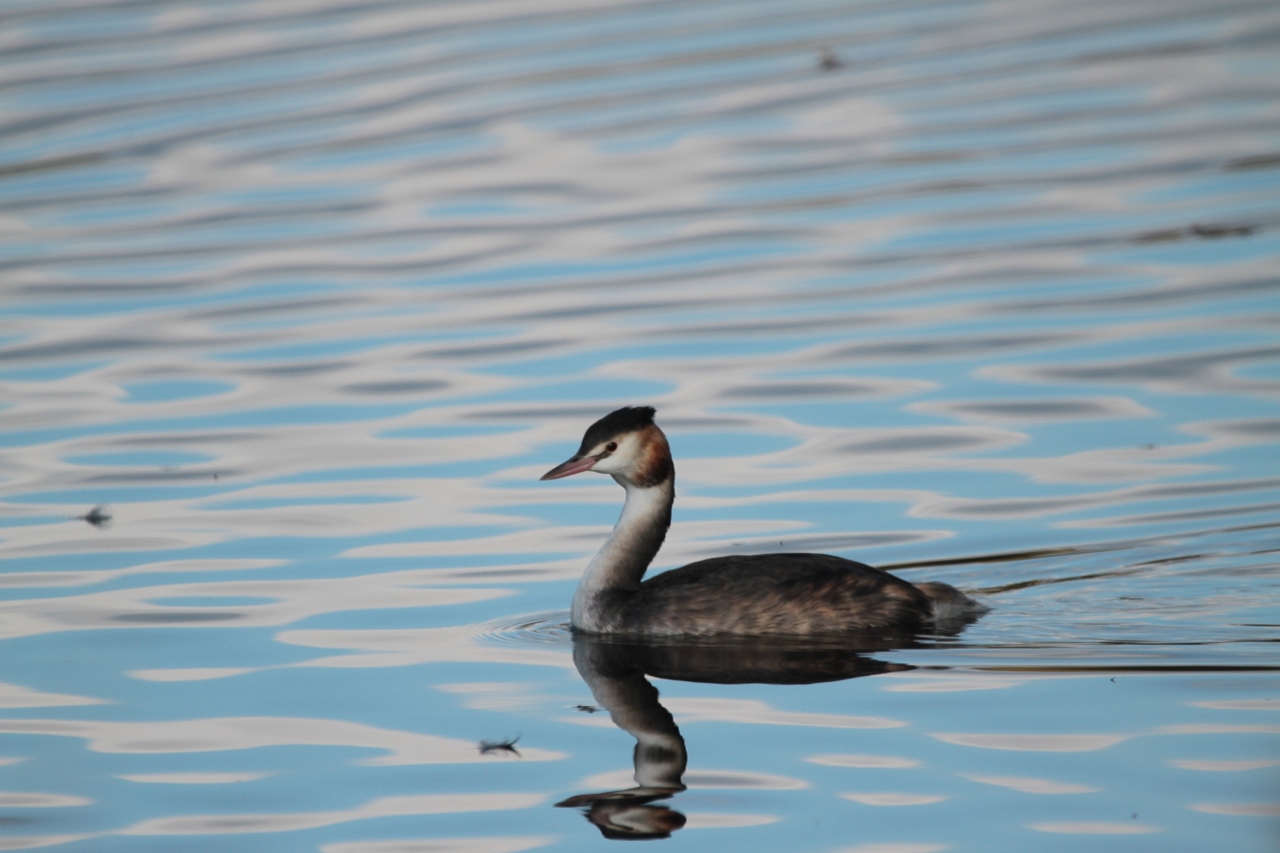
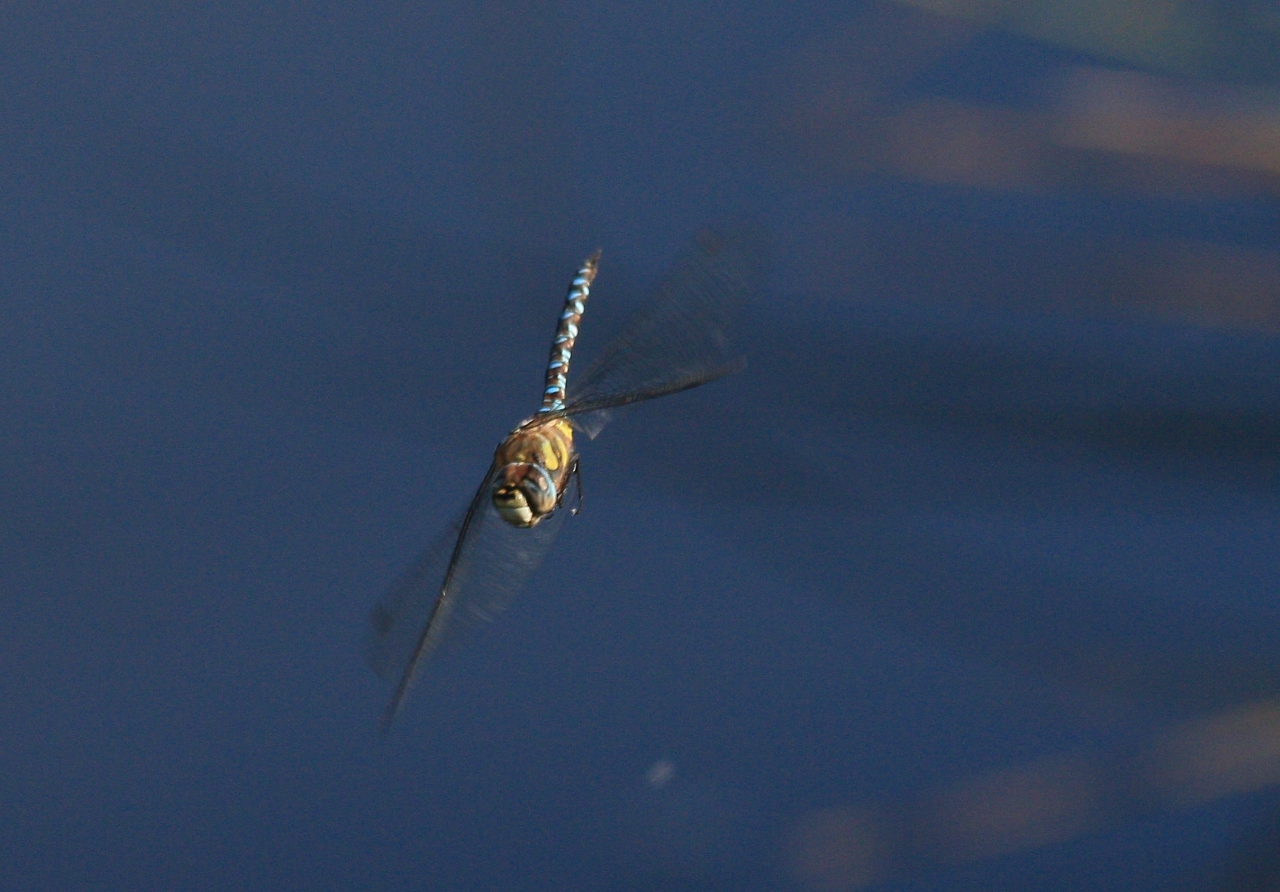
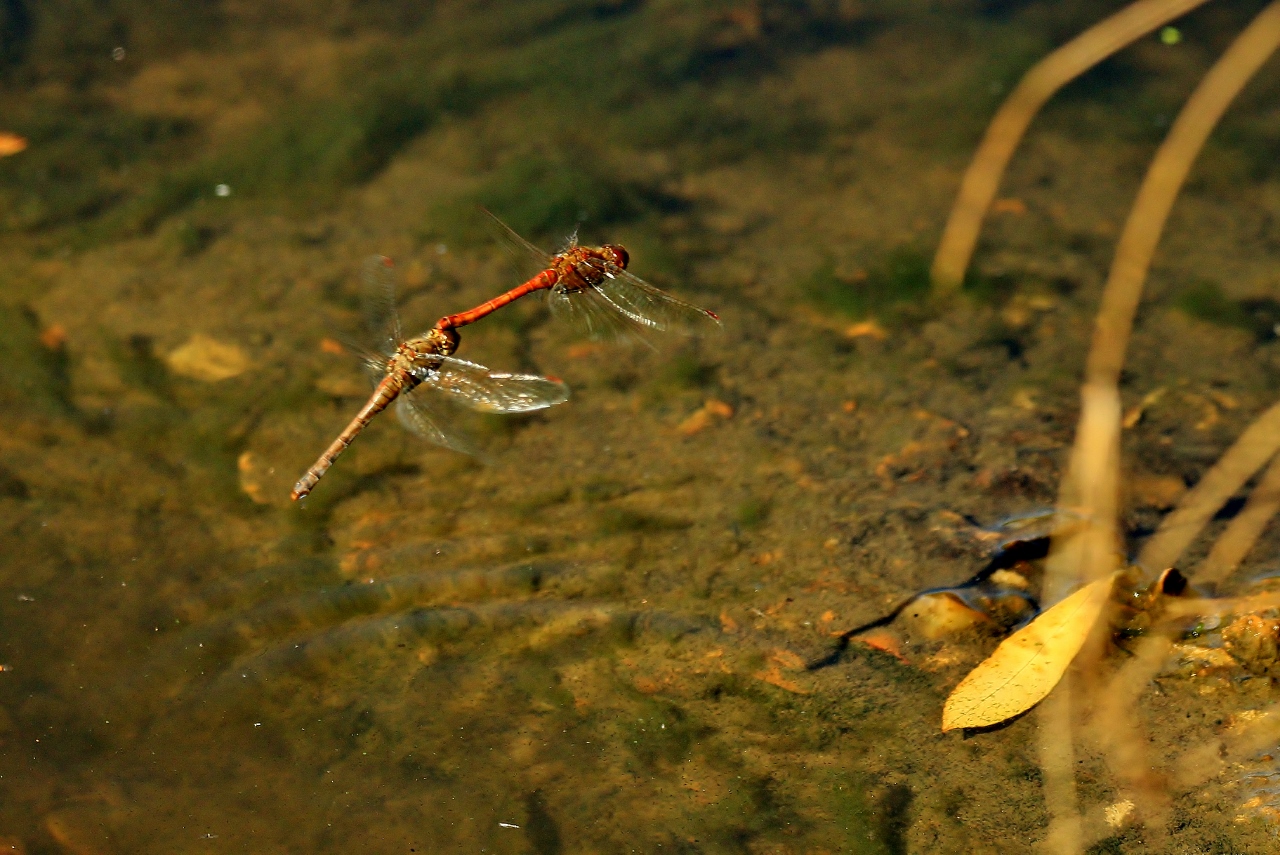



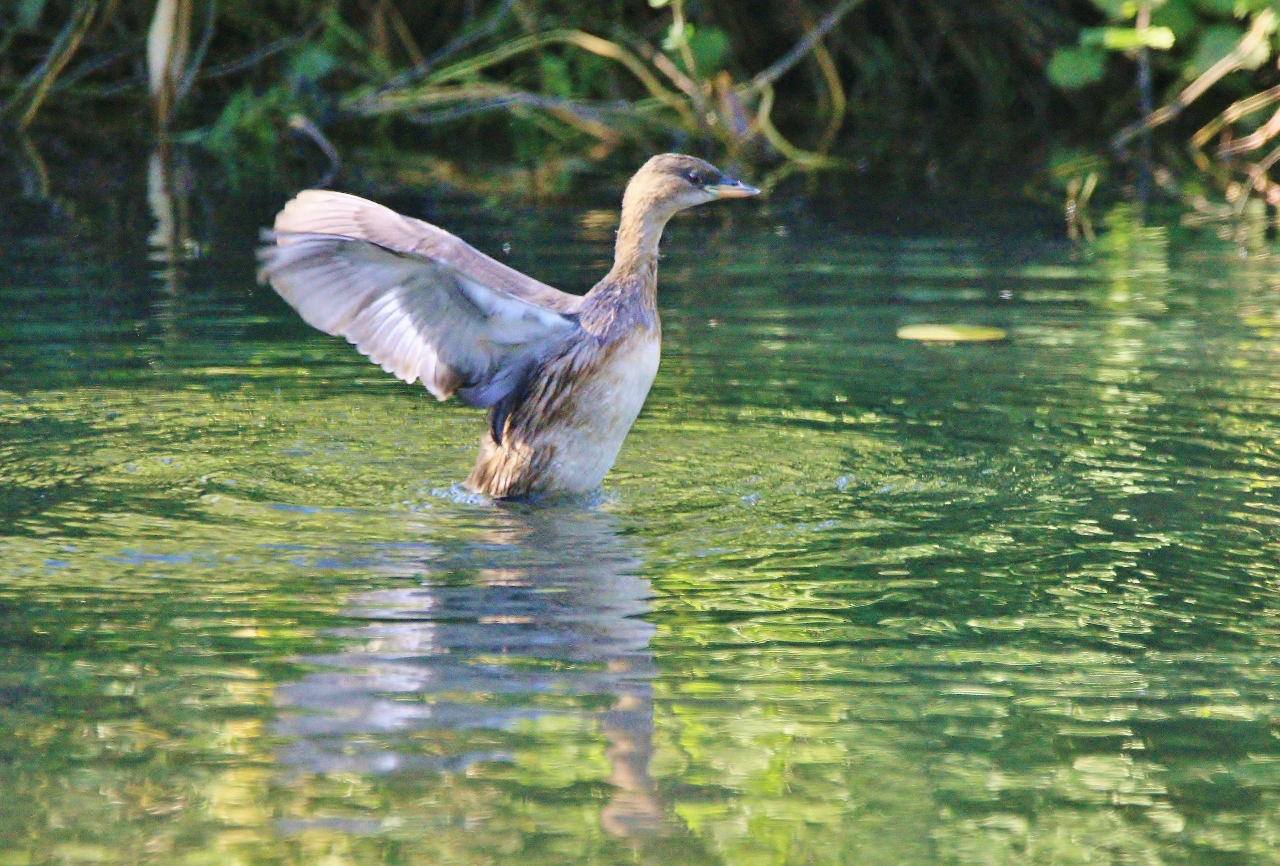


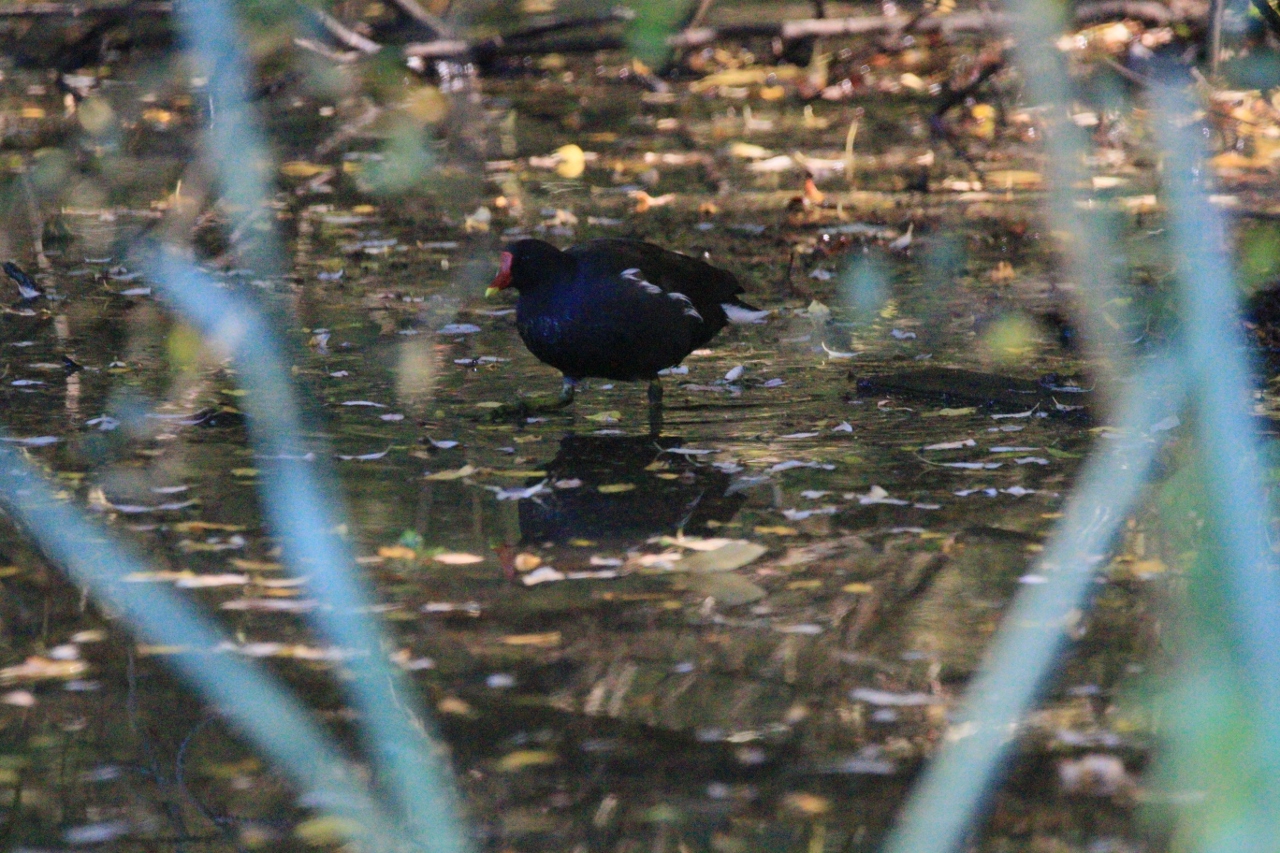



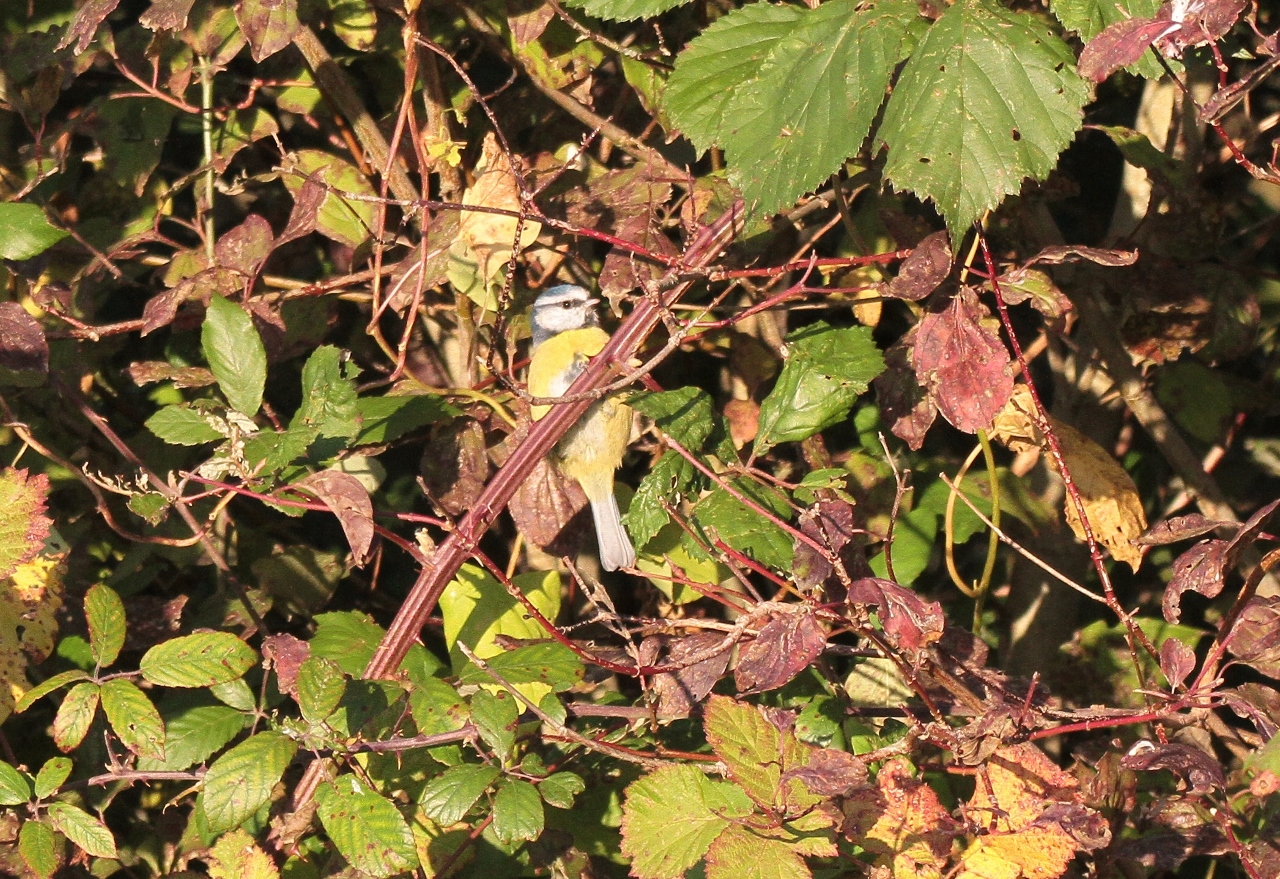








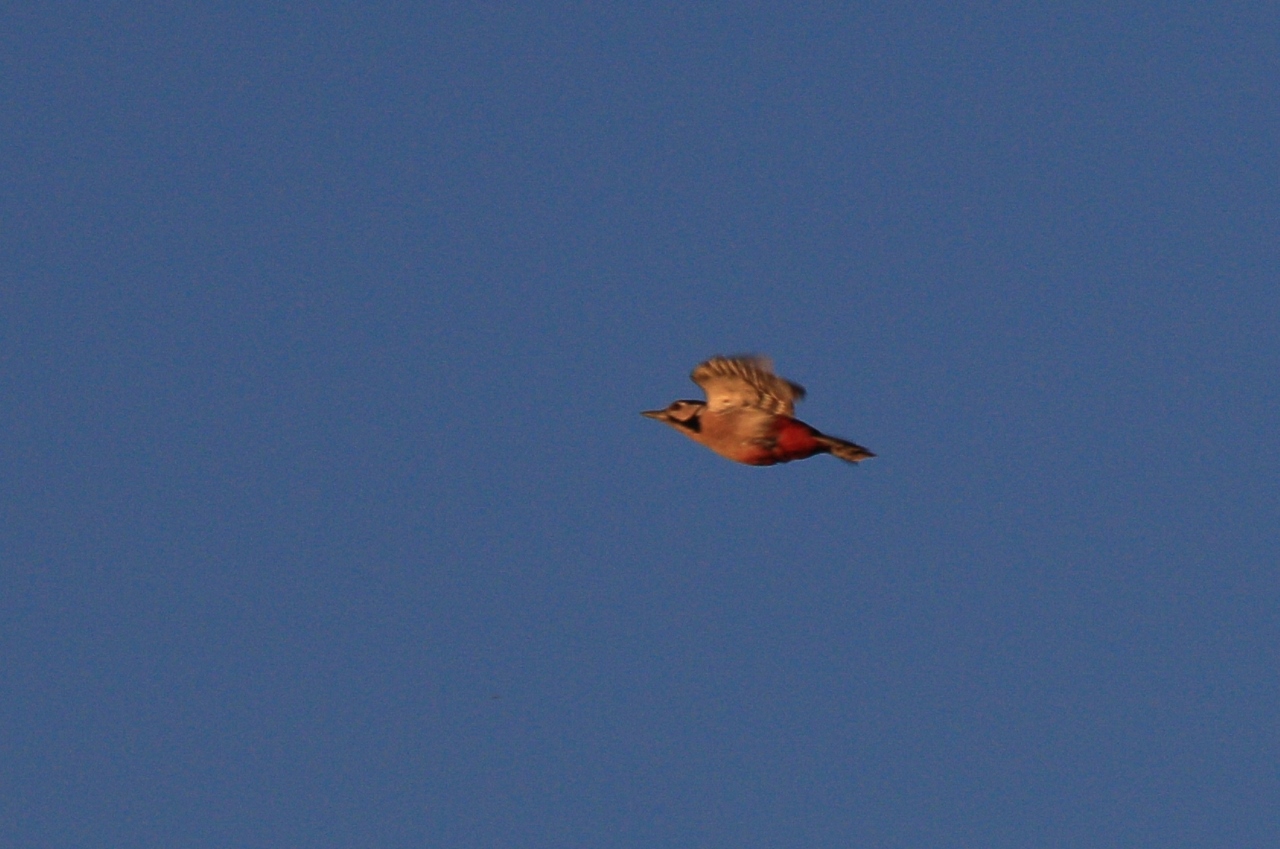













David Fincham
October 22, 2018 at 6:05 pm
Great photos – as always!
Harry Eve
October 28, 2018 at 12:00 pm
It is good to see that Dartford Warblers are still on Whitmoor Common after the fires. Excellent photo of the Southern Hawker in flight (and the other dragons).